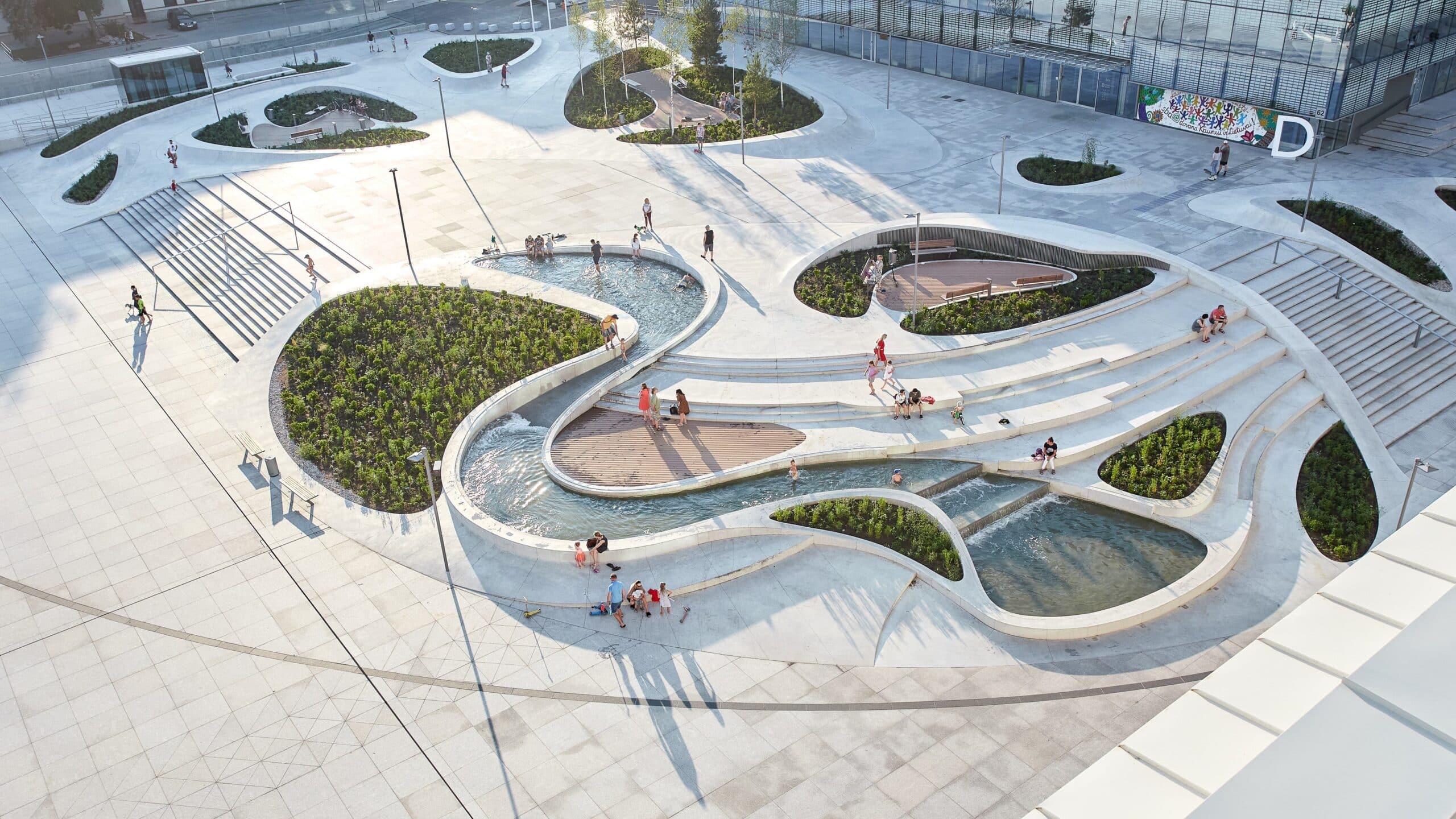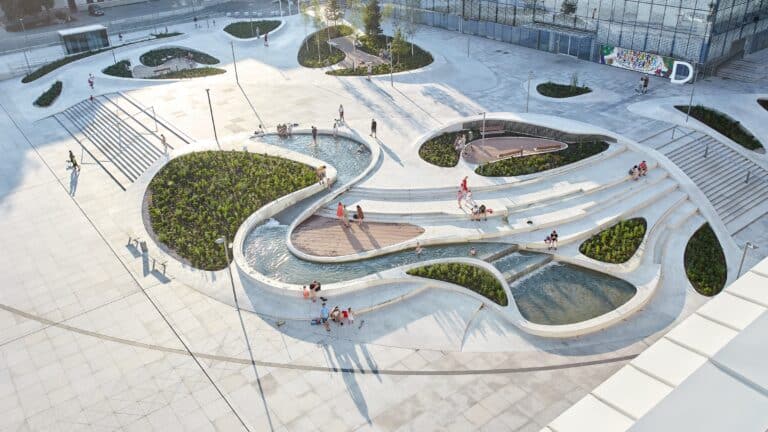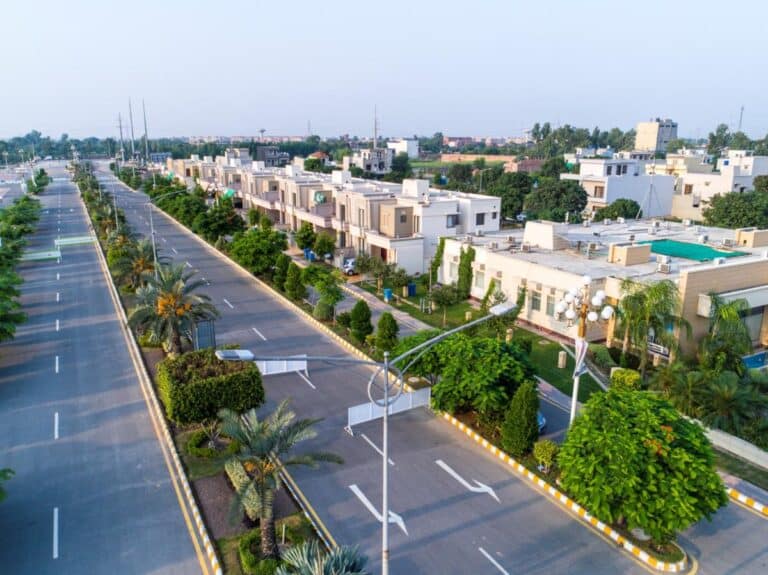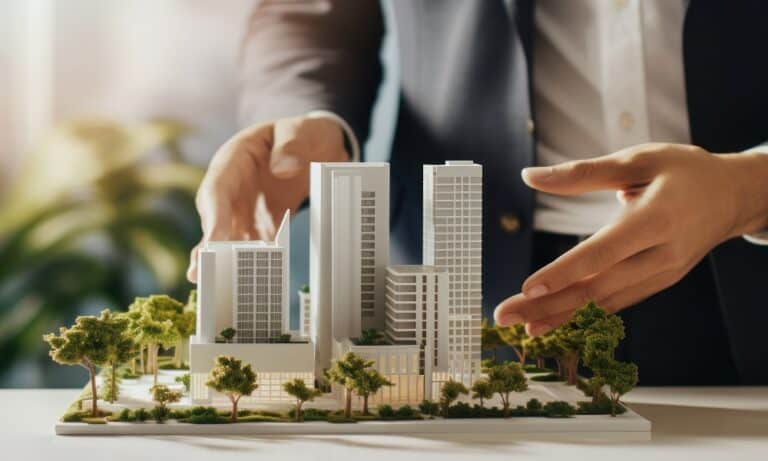Great architecture goes beyond aesthetics or functionality — it fosters community, inclusivity, and interaction. Designing public spaces, housing, and institutions with people and connections in mind can lead to stronger, healthier communities.
Strategies:
Shared Spaces: Incorporating community gardens, co-working areas, or communal dining rooms in residential projects.
Walkability & Accessibility: Prioritising pedestrian-friendly designs and accessible entrances ensures inclusiveness.
Cultural Sensitivity: Understanding the needs of diverse user groups fosters deeper social integration.
Successful Examples:
BedZED in London — a sustainable community that encourages neighbour interaction and shared resources.
Marmalade Lane in Cambridge — a co-housing development built around community engagement.
Resources:
Architectural Review – Designing for Community
BedZED Development
